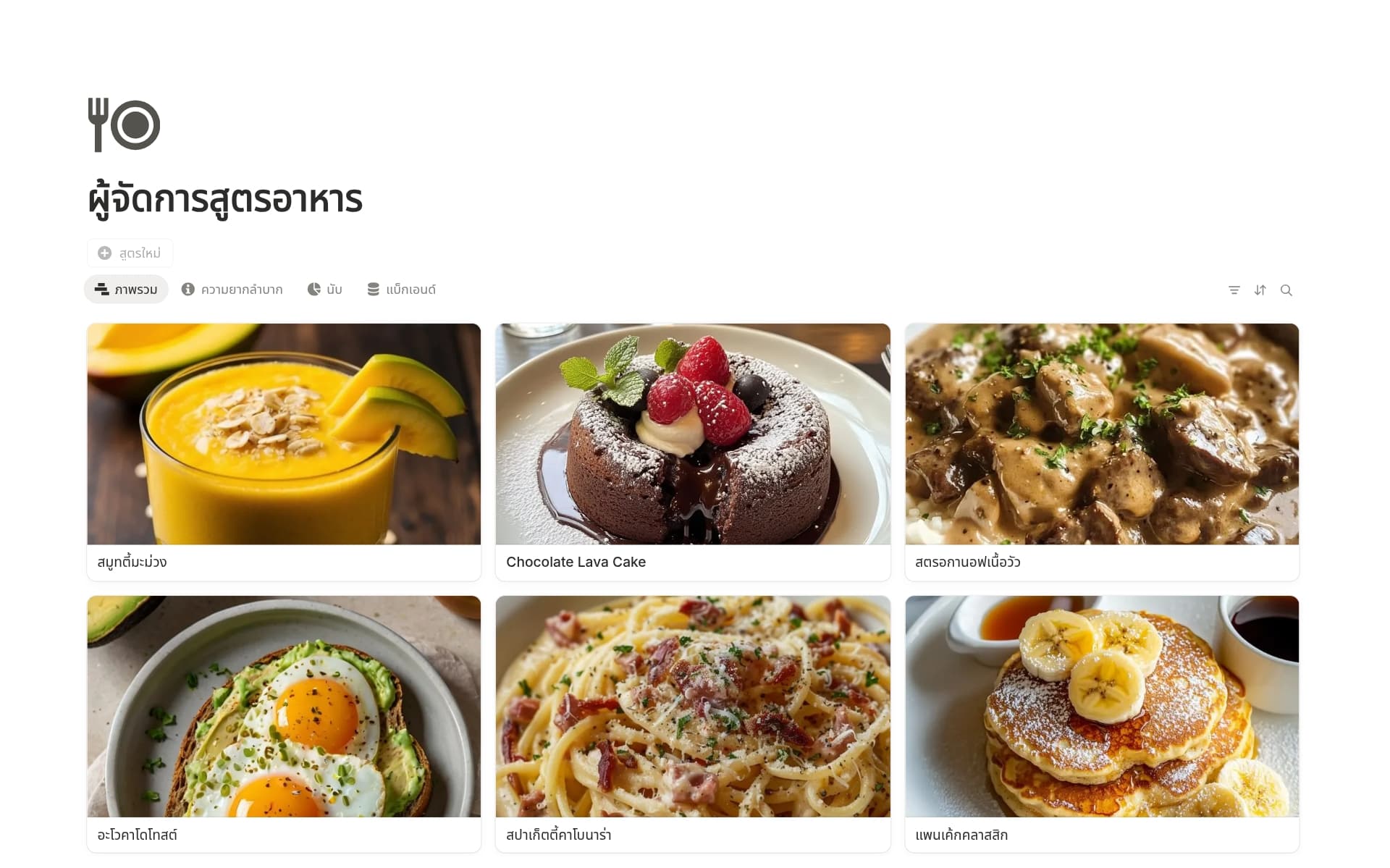Feature Specification is crucial for aligning team efforts, ensuring clarity around product goals, and guiding the development process. A Feature Specification template in Notion can streamline the documentation of product requirements, saving time and reducing miscommunication. It provides a structured approach to capturing and organizing the details necessary for successful product development.
Before you start creating your own Feature Specification, check out these Feature Specification Notion templates below to help make it easier.
What Should Feature Specification Templates Include?
Choosing the right Feature Specification Template in Notion can streamline your project management and clarify development processes. Here are key components to look for when selecting a template:
Clear Requirements Section: This should provide structured fields to define the project goals, objectives, and detailed requirements, ensuring nothing is overlooked.
User Stories and Use Cases: A good template will include sections for user stories and use cases, which help translate requirements into practical scenarios that guide development.
Traceability Matrix: Look for templates that offer a way to track requirements throughout the project lifecycle, ensuring all are met by the final deliverable.
Revision History: A section dedicated to documenting changes and updates to the specification can be invaluable for maintaining project integrity over time.
Selecting a template with these components will help ensure that your project's features are well-documented, easily accessible, and effectively communicated to all stakeholders.
What Should Feature Specification Templates Avoid?
When selecting a Feature Specification Template in Notion, it's important to be aware of certain elements that can hinder the clarity and effectiveness of your project documentation. Here are three key components to steer clear of:
Overly Complex Terminology: Templates that use jargon or overly technical language can be difficult to understand, reducing the accessibility for team members not familiar with specific terms.
Excessive Detail: While detail is necessary, too much can overwhelm and detract from the main objectives of the project. Choose templates that balance detail with brevity.
Rigid Structure: Avoid templates that do not allow customization. Projects can vary widely, and a good template should adapt to different needs and scopes.
Choosing the right template involves avoiding these pitfalls to ensure that your project documentation is both effective and user-friendly. This will facilitate better communication and project management.




